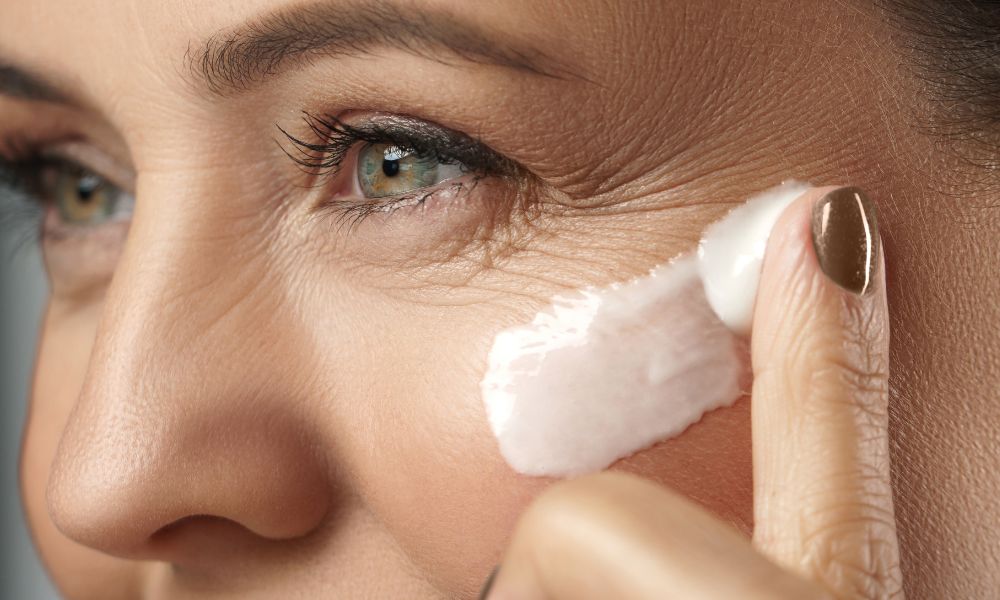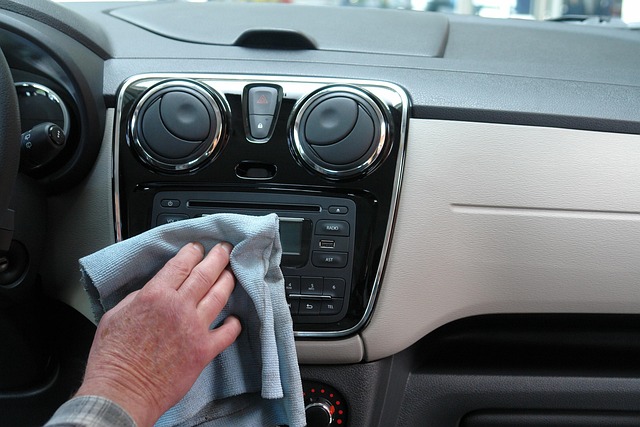Everything You Need to Know About Senior Cosmetics 2025
The beauty industry continues to evolve with specialized products designed for mature skin needs. Senior cosmetics address unique concerns like age spots, wrinkles, and changing skin texture while considering factors such as sensitive skin and ease of application. Understanding the landscape of age-appropriate beauty products, their costs, and available options helps consumers make informed decisions about their skincare and makeup routines as they age.

As the population ages, the cosmetics industry has recognized the growing demand for products specifically formulated for mature skin. Senior cosmetics represent a specialized segment that addresses the unique beauty and skincare needs of older adults, typically those aged 50 and above.
What Makes Senior Cosmetics Different in 2025
Senior cosmetics differ significantly from traditional beauty products in their formulation and application methods. These products typically feature larger print on packaging for better readability, ergonomic designs for easier handling, and formulations that work well with mature skin characteristics. Many brands now incorporate anti-aging ingredients like retinol, hyaluronic acid, and peptides while ensuring gentler formulations that won’t irritate sensitive skin.
The texture and coverage of senior cosmetics also vary from standard products. Foundations tend to be more hydrating and less likely to settle into fine lines, while lip products often include moisturizing components to prevent drying and feathering.
Understanding Senior Cosmetics Costs in 2025
The pricing structure for senior cosmetics varies widely depending on brand positioning, ingredients, and distribution channels. Drugstore brands typically offer senior-friendly options ranging from $8 to $25 per product, while department store brands can cost between $30 to $80 per item. Premium and luxury brands specializing in mature skin often price their products from $50 to $150 or more.
Factors affecting cost include specialized ingredients, research and development expenses, packaging modifications for accessibility, and marketing to niche demographics. Many consumers find that investing in quality products designed for their age group provides better results than using multiple cheaper alternatives.
Senior Cosmetics Comparison: Key Brands and Products
The market offers numerous options across different price points and specializations. Established brands like L’Oréal, Revlon, and CoverGirl have developed specific lines for mature consumers, while newer companies focus exclusively on this demographic.
When comparing products, consider factors such as ingredient quality, ease of application, longevity, and compatibility with medications that might affect skin sensitivity. Reading reviews from age-appropriate users provides valuable insights into real-world performance.
| Brand/Product | Type | Price Range | Key Features |
|---|---|---|---|
| L’Oréal Age Perfect | Foundation | $12-18 | Hydrating formula, buildable coverage |
| Revlon Age Defying | Concealer | $8-12 | Lightweight, anti-aging ingredients |
| CoverGirl Simply Ageless | Powder | $10-15 | Oil-free, wrinkle-reducing |
| Neutrogena Healthy Skin | Blush | $9-14 | Antioxidant-infused, natural finish |
| Maybelline Instant Age Rewind | Eye makeup | $7-11 | Easy application, long-wearing |
Prices, rates, or cost estimates mentioned in this article are based on the latest available information but may change over time. Independent research is advised before making financial decisions.
Senior Cosmetics Prices: Budget-Friendly vs Premium Options
Price doesn’t always determine quality in senior cosmetics, but understanding the value proposition helps in making informed choices. Budget-friendly options from drugstore brands often provide excellent results for basic needs, while premium products may offer advanced formulations and luxury packaging.
Consider the cost per use when evaluating prices. A $40 foundation that lasts six months may offer better value than a $15 product that needs frequent replacement. Many seniors find success with a mixed approach, investing in key products like foundation and concealer while choosing affordable options for items used less frequently.
Application Tips and Accessibility Features
Modern senior cosmetics increasingly incorporate accessibility features that make application easier for those with arthritis, vision changes, or reduced dexterity. Larger caps, pump dispensers, and magnetic closures replace traditional twist-off tops. Some brands offer makeup tools with ergonomic handles and built-in magnification.
Proper application techniques become more important with age, as mature skin requires different approaches than younger skin. Using primer, applying products in thin layers, and choosing the right tools can significantly improve results regardless of product price point.
Shopping and Selection Strategies
When selecting senior cosmetics, consider shopping at stores with good lighting and knowledgeable staff who can provide color matching and application advice. Many retailers offer senior discounts on beauty products, making premium options more accessible.
Online shopping provides access to reviews and comparison tools, though testing products in person remains valuable for color matching and texture assessment. Some brands offer sample programs or generous return policies that reduce the risk of purchasing unsuitable products.
The senior cosmetics market continues expanding as brands recognize the spending power and specific needs of mature consumers. Whether choosing budget-friendly drugstore options or investing in specialized premium products, the key lies in finding formulations that enhance natural beauty while addressing age-related skin changes. With proper research and realistic expectations, senior cosmetics can help maintain confidence and personal style throughout the aging process.




